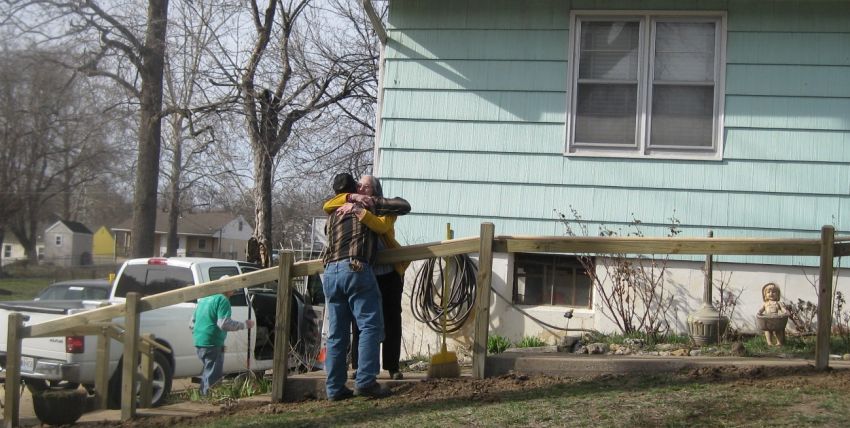Caregivers provide different levels of care for elderly citizens, from helping them bathe to running their errands and cooking their meals. It’s important to understand how caregiving services work in order to know if it is the right option for an elderly individual in your life. This blog post will shed light on a care givers’ role and their training, as well as their relationships with their clients.
Photo by Josh Appel on Unsplash
Maura's daily tasks that she does for her patients include cleaning, preparing meals, helping them take medicine, bathing, walking their pets, and driving her patients to their appointments. Not all care givers are qualified for the same tasks. For example, Maura is not qualified to take care of someone who is on hospice. She does however have experience with patients who have Alzheimer's or Parkinson's disease. If she were to be assigned to a new patient with different special requirements, then she would be required to attend additional training.
Maura works with her patients to ensure they are comfortable, often asking their opinion on what they would like to eat or do that day. She believes that care workers are more cost effective than in-home facilities because the patient pays for the services hourly, and only as often as they need. Maura visits some patients only 4 hours per week. Not only is this method more cost effective, but it builds a relationship between the care worker and their patient. Once Maura's daily tasks are completed, she often spends time with her patients by conversing with them or watching movies together. At the end of our interview, Maura confided that she considers her patients as family, and enjoys taking care of them.
Note: Research is provided through interview with a caregiver in the state of Oregon. This person's name has been changed to protect their identity.
Note: Research is provided through interview with a caregiver in the state of Oregon. This person's name has been changed to protect their identity.





.jpg?la=en&hash=DDC266B96852B3F5DC2A6EC4336002D4721B461F)

